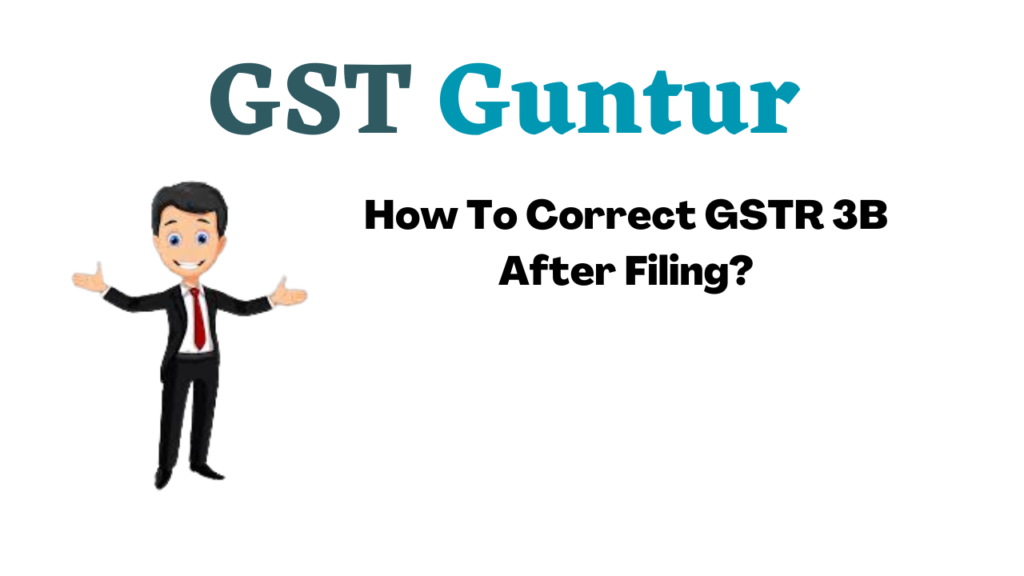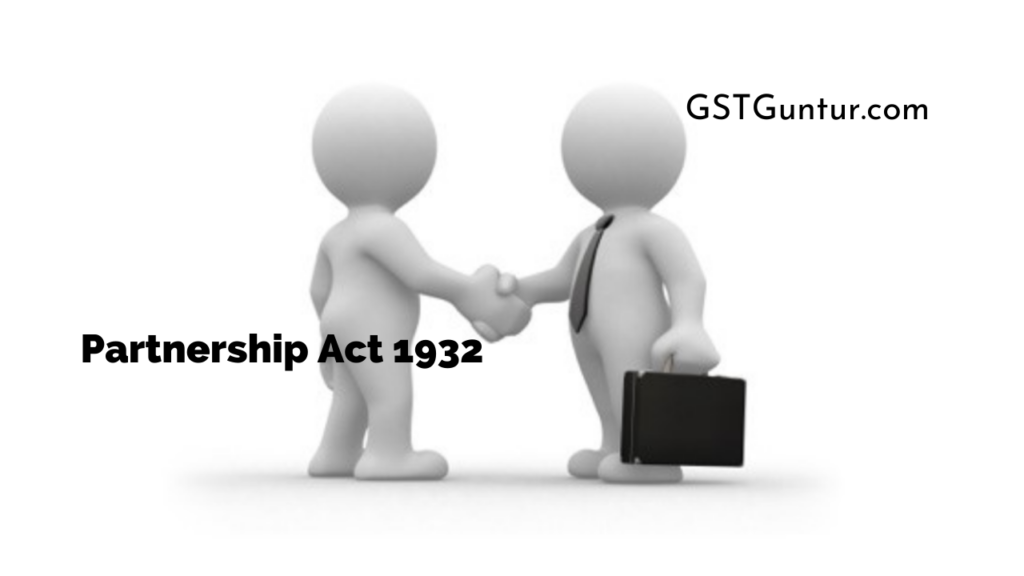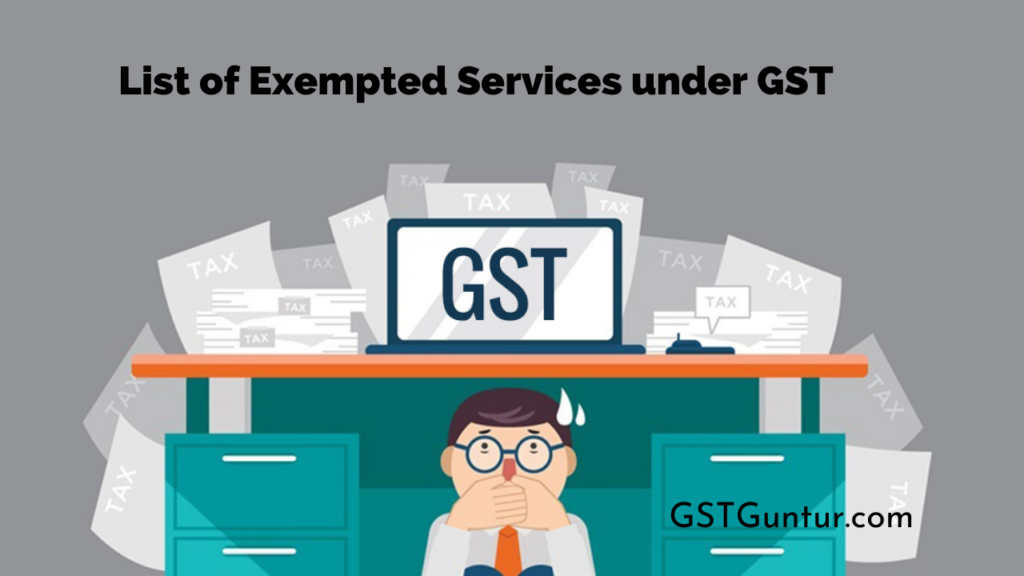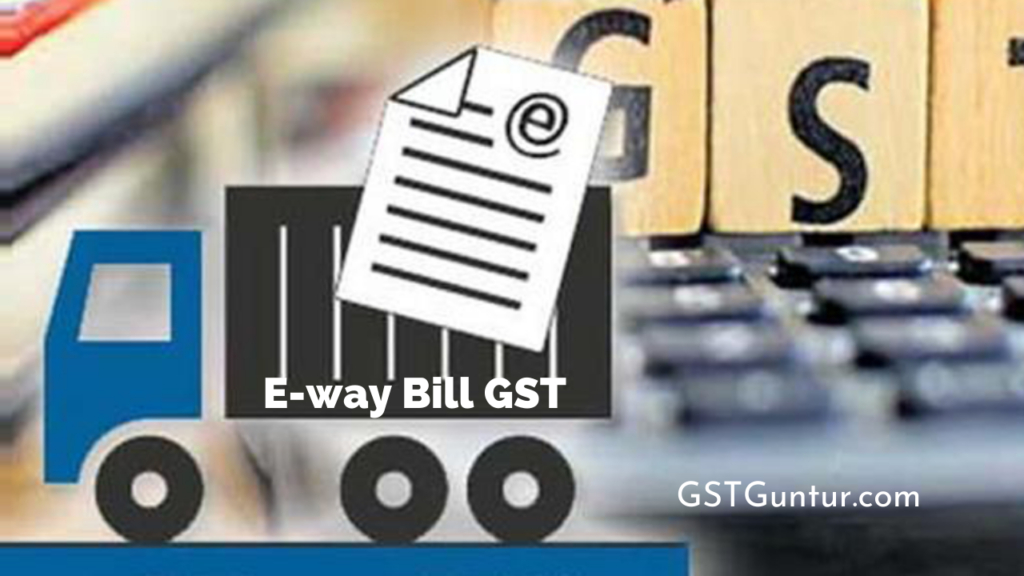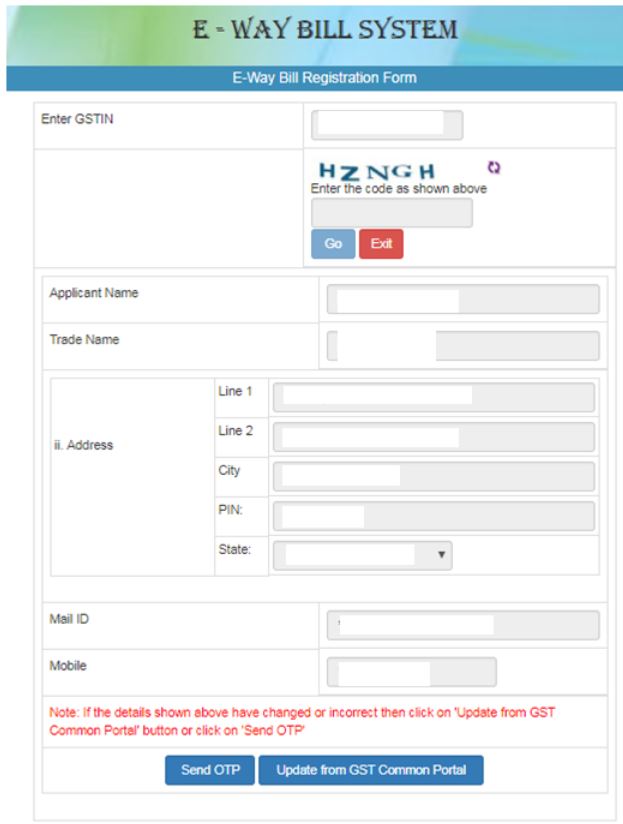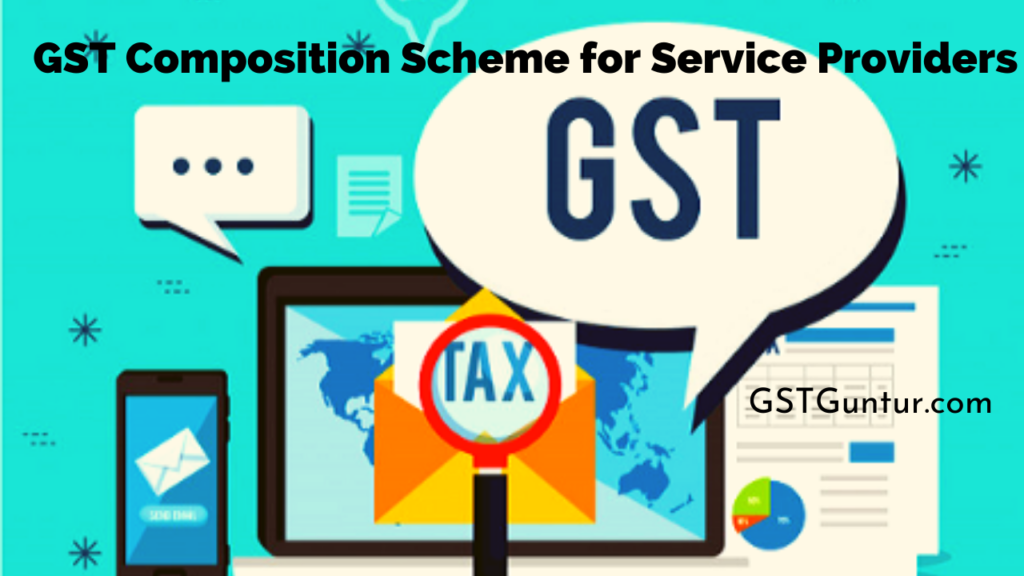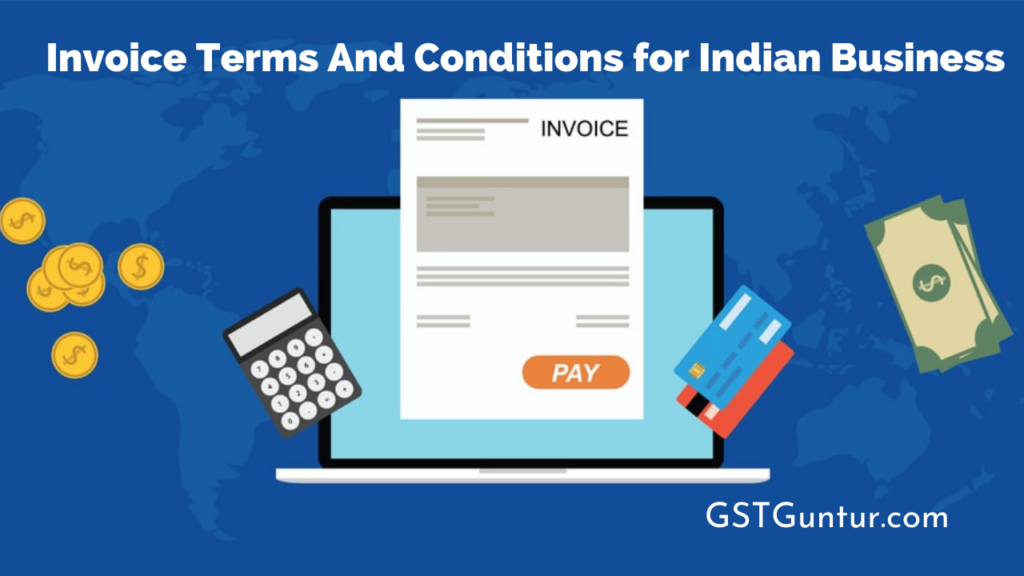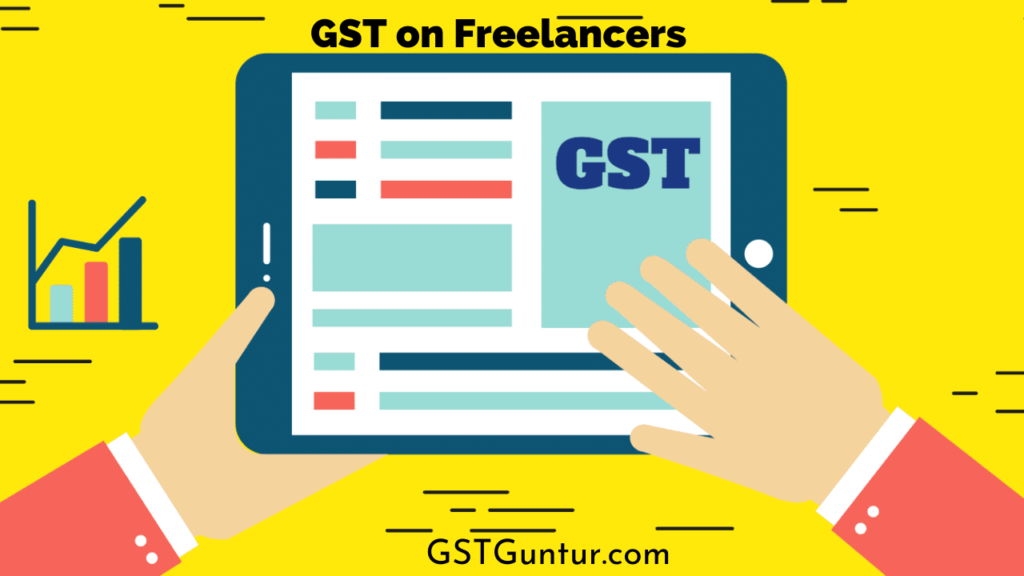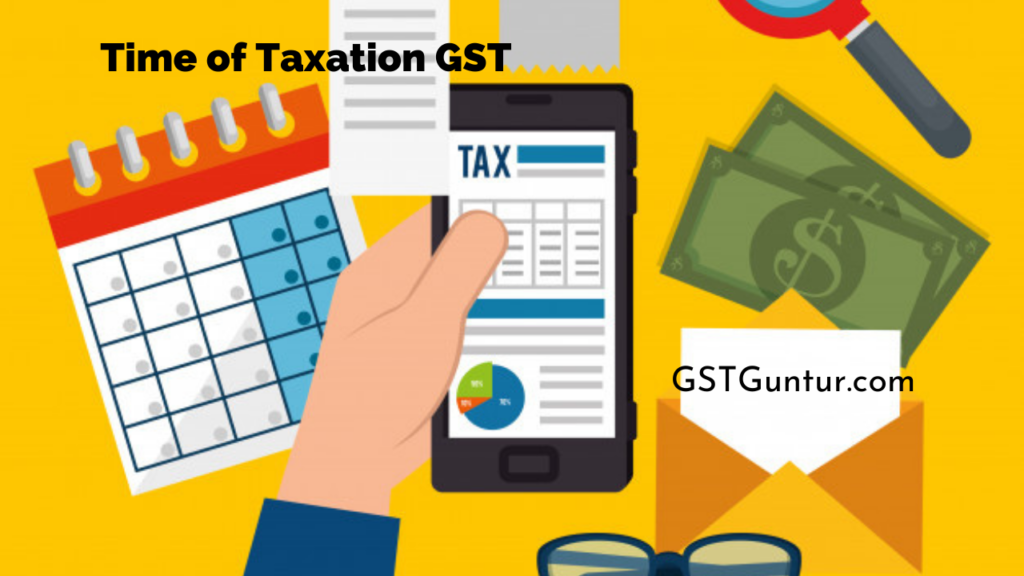GST ITC Rules | Input Tax Credit (ITC) Claimed Under GST
GST ITC Rules: What is the Input Tax Credit (ITC)? A tax credit means that a manufacturer was able to diminish while paying his tax on yield.
An input tax credit allows a producer to subtract the tax he paid on the input he bought as he pays the tax on his output. He will subtract or claim credit for the tax he settled on his inputs while paying the tax on his production.
At the end of the day, an input tax credit is a tax deducted from the output tax due on account of sales.
- SGST, UTGST, CGST and IGST
- People that are Eligible for the Input Tax Credit
- Persons that are not Eligible for the Input Tax Credit
- The Amount of Time You Have To Take ITC
- Prerequisites for Taking ITC
- No Input Tax Credit is Available for the Following Cases
- ITC Subject to the Composition Levy
- Itc On Items That Have Been Misplaced Robbed, Burned, Written Off, Or Given Away As Gifts Or Free Samples
- ITC on Products or Services Rendered by a Real Estate Developer
- In the Case of a Nonresident Taxable Person, an ITC is Available
- In the Case of Food and Drinks, Outdoor Catering, Health Care
- In the Event of willful Theft
- ITC in Respect of Inputs Sent for Job Work
- The Manner of Distribution of Credit
- The Following are the Postulates
- An Explanation is given For the Purposes of this Segment
- Subject to the Terms and Limitations that May be Imposed
- Provided, However, The Credit for Capital Goods Will Be Limited By The Percentage Points Specified
- Provided, However, The Capital Goods Credit Would Be Limited By The Percentage Points Specified
SGST, UTGST, CGST and IGST
The tax levied by the state government is known as the State Goods and Services Tax or SGST. Intrastate purchases of goods and services, i.e., sales made within a jurisdiction, are subject to the SGST.
On a product or service, SGST is paid in addition to and at the same rate as CGST.
All Indian governments impose this tax. Still, it has also been introduced by two Indian union territories of Puducherry and Delhi since each of these union territories has its legislature and council.
The Central Goods and Services Tax is a government-imposed indirect tax.
It is determined to the exchange of products and ventures embraced inside the state, i.e., intrastate. The assessment gathered under the head “CGST” is payable to the central government depository.
The CGST is levied to reimburse the government for previously levied indirect taxes, for example:
- Central Excise Duty,
- Service Tax,
- Duties of Customs
The UTGST or Union Territory Goods and Services Tax (UTGST) is somewhat similar to the State Goods and Services Tax. The main distinction is that the tax collection is directed to the treasury for the government of the union territories where the goods or services were ultimately used.
UGST is additionally charged at the same rates as that of CGST. Be that as it may, among UTGST or SGST, just each, in turn, will be imposed along with CGST for each case.
The Central Government levies Integrated Goods and Service Tax on all interstate supplies of goods and services. CGST, SGST, and UTGST, on the other hand, are imposed on the provision of goods or services within a jurisdiction.
The IGST has brought uniformity to the taxation of goods and services produced outside of the state. This holds for both supplies made within the state and those made outside the country.
The IGST rate will still be roughly equal to the sum of the CGST and the SGST rates.
People that are Eligible for the Input Tax Credit
Section 18(1) of the CGST Act, 2017 lists the following individuals:
- An individual who was already in business prior to the implementation of GST and who is required to register under GST (Section 18(1)(a)).
- An individual who, notwithstanding the fact that registration is not mandatory, opts for voluntary registration [Section 18(1)(b)].
- An individual who stops paying tax under the composition scheme and switches to the standard scheme [Section 18(1)(c)].
- A person whose exempt supply becomes a taxable supply [Section 18(1)(d)].
Based on either of the following tax-paying records, every registered person shall be entitled to take credit for input tax paid on any supply of goods or services used by him/her that are used or expected to be used in the course or furtherance of his/her business:
- A tax invoice has been released.
- Notice of debit
- Bill of entry
- Invoice produced on a reverse charge basis.
- Input Service Distributor issues a document for credit delivery.
It’s critical to pay attention to the phrases “used by him/her” and “in his/her business.” These terms apply to the specific licensed taxable individual in question, not the whole legal body.
As a result, ITC charged in one state must not be related to a taxable person’s company in another state, even though the taxable person is the same.
Persons that are not Eligible for the Input Tax Credit
- Individuals that are not GST-registered
- Those who have signed up for the composition scheme
The Amount of Time You Have To Take ITC
Section 18(1) [Section 18(2)] specifies the period for claiming an Input Tax Credit (ITC).
Following a year from the date of issue of the tax invoice relating to such supply, a registered individual is not entitled to take input tax credit under section 18(1) for any supply of goods or services or both to him.
Prerequisites for Taking ITC
- At the time of credit, a licensed taxpayer must have a tax invoice on file.
- The goods or services must have been received,
- Within 180 days of the invoice date, the customer must have charged the invoice’s amount, as well as the tax, to the seller of products or services, or both.
- The seller would have paid the tax received via tax invoice and deposited it into the government’s account.
- The tax invoice information must also have been uploaded in the GST return by the seller.
- A bill of entry is a paper that may be used to obtain credit while buying goods. The invoice of entry may also have an IGST-paid challan for the shipment.
- In-service importation, the invoice, and IGST payment through table 3.1 of GSTR-3B form the basis for granting credit.
- A credit note is a piece of paper that allows a supplier to offset his tax burden. To reverse an already taken ITC, the retailer must copy the credit note to the buyer.
- A debit notice (also known as a supplemental invoice) is a statement that allows the buyer to claim ITC.
- A tax invoice on which credit has been granted must be forwarded to the area where the products or services are provided.
No Input Tax Credit is Available for the Following Cases
The following elements are not qualified for ITC under section 17 (5):
GST Prohibits The Use Of Motor Cars And Other Conveyance
The ITC on motor vehicles charged would not be offset against the GST Law’s output tax obligation. In other words, you can’t get credit for your car or different mode of transportation.
Club, Health, And Wellness Centre Membership
The ITC credit will not be allowed if you have paid for a gym card, yoga lessons, or membership in a club for some sport or other activity.
Travel Opportunities Such as Leave or Home Travel Concessions for Employees
If you have booked any travel packages, you will not claim ITC on the payment of the travel package.
However, if you book a travel package for business purposes, ITC would be allowed.
Goods, Services, or a Combination of the Two that are used for Personal Use
The ITC is not eligible whether the products or facilities are used for personal use. ITC is only available where tax is charged or charged on the external delivery of goods or services, according to the law’s simple reasoning.
When contract services are provided for building a movable house
This is perhaps the most contentious aspect of ITC. Job contract providers have long been a source of contention for taxpayers and the IRS. However, the works contract issue has been settled to some degree under GST.
ITC Subject to the Composition Levy
The ITC is not applicable on products or services on which the composition dealer has paid duty.
Itc On Items That Have Been Misplaced Robbed, Burned, Written Off, Or Given Away As Gifts Or Free Samples
If the items are missing, broken, or damaged, or if they are given out as free samples, ITC would not be usable.
ITC on Products or Services Rendered by a Real Estate Developer
Goods or services (other than plant or machinery) received by a taxable individual for the building of an immovable property (other than plant or machinery) on his own account, even where those goods or services (or both) are used in the course or furtherance of operation do not have ITC.
In the Case of a Nonresident Taxable Person, an ITC is Available
ITC would not be eligible if the nonresident taxing individual purchases any products or services. If an NRTP buys any products or services, however, he will be responsible for the ITC.
Besides, the IGST Act applies to imports and exports.
In the Case of Food and Drinks, Outdoor Catering, Health Care
Food and drinks, outdoor catering, beauty treatments, dental care, and cosmetic and plastic surgery would not be eligible for the input tax credit.
However, the input tax credit is applicable whether a licensed citizen requires an internal supply of products, services, or both to make an external taxable supply of the same type of goods, services, or both, or as part of a taxable combination or blended supply.
In the Event of willful Theft
In the event of theft, the input tax credit would not be eligible.
Reversal of Input Tax Credit
Reversal of Credit under GST has the same purpose as it does under the current tax system. In layman’s terms, reversal of credit refers to the reversal of a previously taken credit.
Reversal of credit refers to credit taken out and used when the final product is taxable but is only reversed as the final product becomes excluded.
ITC for GST paid on Reverse Charge
On the tax balance charged under reverse charge on goods and services, the service purchaser will claim Input Tax Credit. The only GST ITC rule is that the goods and services be used or used to benefit the business or organization.
If the composite distributor is subject to the reverse charge mechanism, he or she would be ineligible to receive any tax credit.
The tax would be collected at the ordinary rates, not the composition rates.
ITC on Capital Goods and Reversal on its Sale
It is possible to make it advantageous; tax credit for capital goods can be paid with one payment.
If the individual has asserted depreciation under the income tax act for the GST portion, an input tax credit for the tax component of capital goods is not permitted. In other terms, an individual may demand depreciation on the tax portion or take a GST input tax credit on capital goods.
If a taxable person buys capital goods on which an ITC was claimed, the taxable person is entitled to pay GST at a higher rate from the following sources:
- I took on those capital products at a discount of 5% every quarter or half of a year from the invoice period.
- GST rate multiplied by the selling price of capital goods
When refractory bricks, molds and dies, jigs and fixtures are sold as waste, the taxable individual may be required to pay tax on the transaction value of the product.
ITC in Respect of Inputs Sent for Job Work
The ITC provisions for inputs and capital goods sent for Job Work are specified in Section 19 of the CGST Act, 2017. On inputs or capital goods sent to a job worker, the principal or the registered individual may say ITC.
Furthermore, if those inputs or capital items are sent to the job worker for job work without first being taken to the principal’s place of business, the principal will claim ITC.
As a result, in Form GST ITC-04, a principal must disclose the specifics of the goods shipped or obtained from a job working within a particular quarter.
The Manner of Distribution of Credit
The Manner distribution of credit by Input Service Distributors is governed by Section 20 of the Central Goods and Services Tax Act 2017.
The Following are the Postulates
The Input Service Distributor shall administer the central tax credit as central tax or integrated tax, and the integrated tax credit as integrated tax or central tax, by issuing a paper containing the amount of input tax credit being allocated in the Manner specified.
The credit can be distributed by the Input Service Distributor if the following conditions are met:
- Credit will be issued to credit recipients in exchange for a certificate containing the required information.
- The credit sum circulated does not surpass the credit amount eligible for distribution;
- The tax credit for input resources attributable to a credit receiver must be distributed exclusively to that recipient;
- The tax credit for input services attributed to more than one recipient of credit shall be divided among those recipients to whom the input service is attributed, and such allocation shall be pro-rata dependent on such recipient’s turnover in a State or turnover in Union territory during the relevant period compared to the sum of all such recipients to whom such input service is attributable and who are active in the current year during the said relevant period;
- The tax credit for input services charged attributable to all recipients of credit will be divided among them. Such allocation will be pro-rata dependent on the recipient’s turnover in a State or turnover in Union territories during the particular period according to all recipients’ turnover and operational in the same year during the relevant period.
An Explanation is given For the Purposes of this Segment
The “relevant period” will be as follows:
- the financial year before the year in which credit is to be issued, whether the beneficiaries of credit had a turnover in their States or Union territories in the previous financial year; or
- where any or more credit recipients have no turnover in their States or Union territories in the financial year prior to the year in which the credit is to be issued, the last quarter during which reports of all recipients’ turnover are available prior to the month in which credit is to be distributed;
- The term “recipient of credit” refers to a seller of products or services, or both, with the same Permanent Account Number as the Input Service Distributor.
- “turnover” refers to the value of turnover, less any duty or tax imposed under entry 84 of List I of the Seventh Schedule to the Constitution and entries 51 and 54 of List II of the same Schedule, for any registered individual dealing with the supply of goods involving tax payment as well as goods not taxable under this Act.
- ITC in special cases
- The ITC in special cases is dealt with in Section 18 of the CGST Act.
Subject to the Terms and Limitations that May be Imposed
- an individual who applies for registration under this Act within thirty days of being liable to registration and is granted registration is entitled to an input tax credit for inputs kept in stock and inputs found in semi-finished or finished products held in stock on the day exactly before the date on which he becomes liable to pay;
- An individual who obtains registration under section 25(3) is entitled to claim an input tax credit for inputs kept in stock and inputs found in semi-finished or finished products held in stock on the day immediately preceding the date of registration;
- On the day immediately preceding the day on which he becomes eligible to pay tax under section 9, any enrolled individual who ceases to pay tax under section 10 is entitled to take credit for input tax paid on inputs kept in stock, inputs found in semi-finished or finished products held in stock, and on capital goods
Provided, However, The Credit for Capital Goods Will Be Limited By The Percentage Points Specified
When a registered person’s exempt supply of products or services, or both, becomes a taxable supply, the registered person is entitled to input tax credit on inputs kept in stock and inputs found in semi-finished or finished goods held in stock that are related to the exempt supply, as well as on capital goods exclusively used for such exempt supply on the day immediately preceding the date when supply becomes taxable:
xProvided, However, The Capital Goods Credit Would Be Limited By The Percentage Points Specified
After one year from the date of issue of the tax invoice relating to such supply, a registered individual is not entitled to take input tax credit under subsection regarding any supply of goods or services or both to him.
Where a registered person’s constitution changes as a result of a sale, takeover, demerger, amalgamation, lease, or conversion of the company with particular arrangements for liability transfer, in such a manner as may be prescribed, the said registered entity may pass the input tax credit that remains unused in his electronic credit ledger to such sold, combined, demerged, amalgamated, rented, or transferred company.
The registered individual shall pay a sum equal to the input tax credit taken on the said capital goods or plant and machinery, decreased by such percentage points as may be required, or the tax on the transaction value of such capital goods or plant and machinery calculated under section 15, whichever is greater.
The taxable individual may pay tax on the transaction value of certain products calculated under section 15 if refractory bricks, moulds, and dies, jigs and fixtures are supplied as scrap.

